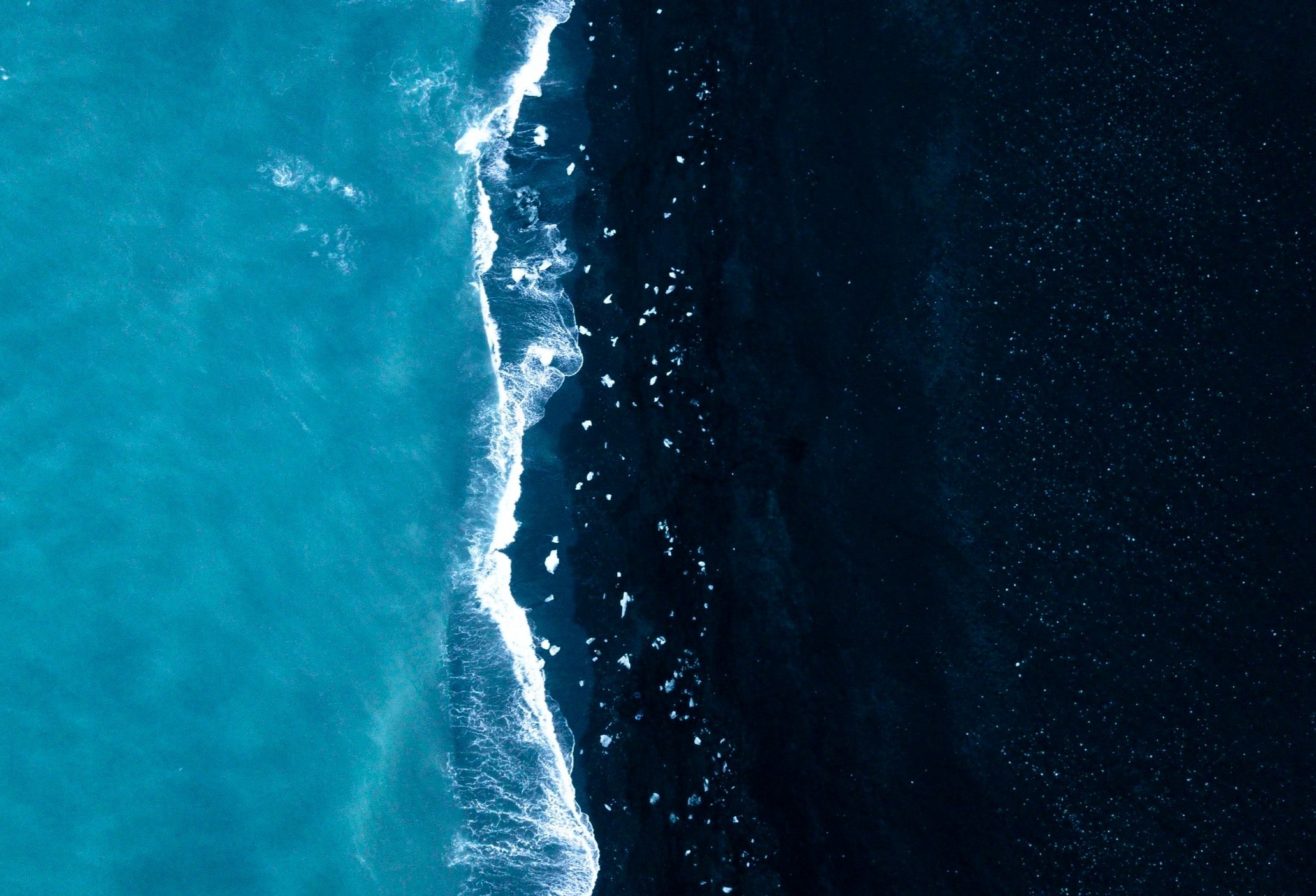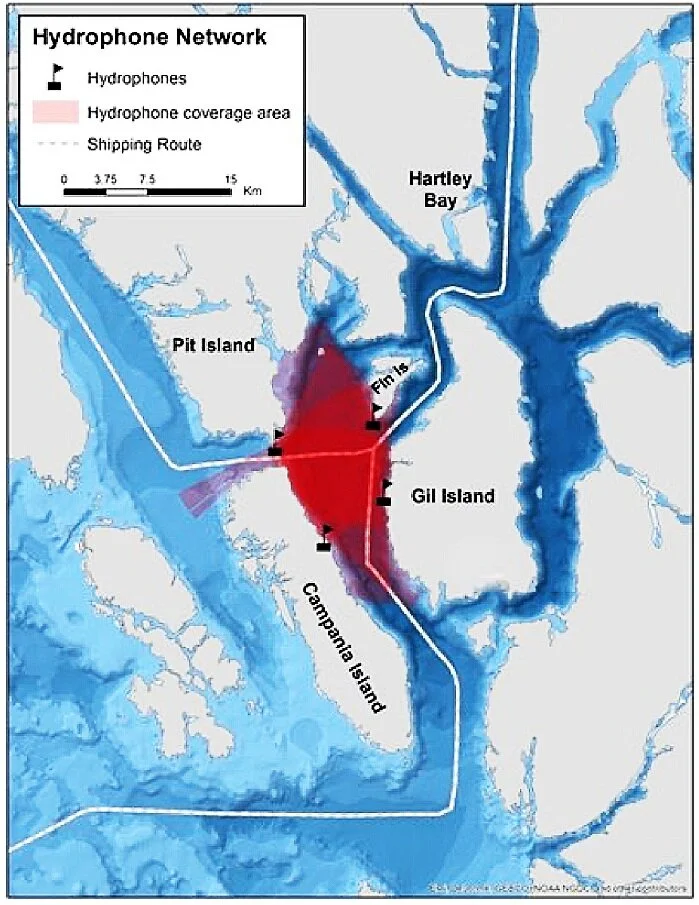
Gitga’at First Nation Waters:
Providing Critical Whale Habitat
The deep fjords, narrow channels and rainforests of northern coastal B.C. are part of the traditional territory of the Gitga’at First Nation, who have occupied this area for millennia. The nutrient-rich waters here support a complex ocean ecosystem where fin whales and humpbacks feed on swarms of krill while orcas hunt seals and salmon. Gitga’at water are among the least disturbed and quietest on the British Columbia coast.

Although the number of whales in B.C. has been slowly increasing since the end of commercial whaling, many of these species are still at risk. Gitga’at waters provide important habitat for their recovery. This area is home to the highest density of humpback and fin whales on the B.C. coast, as well as resident and transient orcas. As more ships travel through these waters, we need to make sure that marine traffic doesn’t affect whale recovery.
Managing a future with more marine traffic
Currently, fewer than 50 large ships travel through the Squally Channel and Lewis Passage each year. When the liquefied natural gas (LNG) terminal in Kitimat starts operating in 2024, that number will grow to 350 a year. As those operations scale up and new ones are added, the volume of ships could reach over 750 a year.
More marine traffic poses two serious risks to whales: ship strikes and noise. Ship strikes can seriously injure or kill a whale. Meanwhile, many species of whales depend on quiet oceans to hunt and communicate with each other. Noise from ship propellors and machinery can compromise these abilities and put significant stress on whales.
It is critical that the impacts of increased marine traffic be managed and mitigated and not compromise quality of whale habitat in Gitga’at Territory and the recovery of whales in this region.


